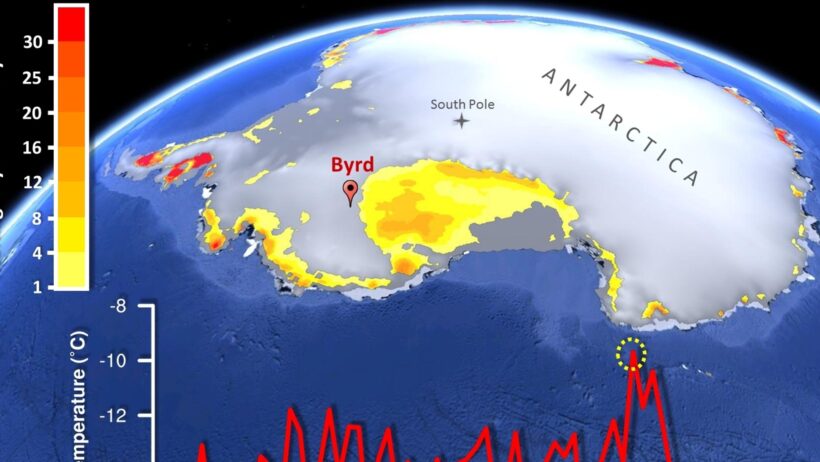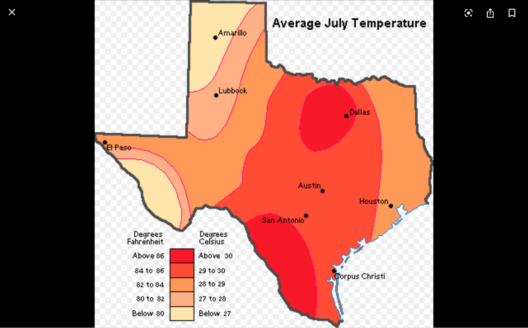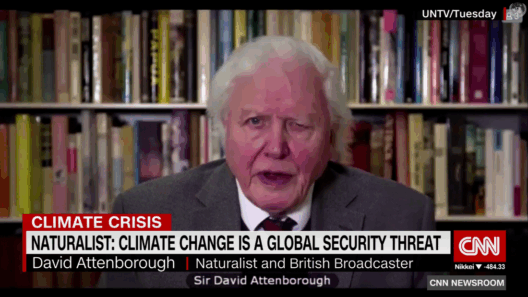The world’s weather pattern resembles a meticulously balanced orchestra, with each instrument producing harmonious notes to create a symphony of climate. However, as the effects of global warming resonate throughout the planet, this once beautiful performance has devolved into a cacophony of erratic rhythms and dissonant sounds. Climate change has fundamentally altered these weather patterns, creating a reality where the past no longer serves as a reliable prologue to the future.
One of the most pronounced effects of global warming is the amplified intensity and frequency of extreme weather events. Hurricanes, once formidable but predictable storms, now revel in their newfound potency, fueled by rising sea temperatures. The 2017 Atlantic hurricane season epitomized this shift, with hurricanes Harvey, Irma, and Maria wreaking unprecedented havoc. The very essence of these cyclonic beasts has evolved; they are now heavier with moisture and feral in their rage, devastating communities and upending lives.
Moreover, the depredation brought by rising temperatures extends beyond tropical storms. Droughts, defined not merely as a lack of precipitation but as a relentless march toward arid desolation, have become more frequent in regions that once basked in moderate conditions. The American West, a landscape that has long conveyed images of rugged resilience, is now often parched, cradling in its dusty arms those who depend on agriculture. The intuitive patterns that once guided farmers are now muddied by unpredictability. This climatic shift imposes the question: What does survival look like in a world where the seasons become inscrutable?
Conversely, excessive precipitation has also asserted its dominion, leading to floods that swallow communities whole. The paradox of droughts coexisting with floods is a textbook example of climate change’s chaotic unpredictability. The East Coast of the United States, with its once-settled patterns of rainfall, now faces torrential downpours that overwhelm riverbanks and flood basements. These events serve as stark reminders that the very fabric of our atmosphere is fraying. As if lamenting the errors made by humanity, the clouds weep in torrential downpours, begging for acknowledgment of the warming that drives them.
As meteorological phenomena intensify, transitions have similarly occurred in temperate zones, where seasons are becoming muddled and discombobulated. The arrival of spring, once marked by the gentle unfurling of blossoms, now ushers in strange outbursts of winter chill. In many locales, winter has adopted a less predictable presence, alternately vanishing and then reasserting itself with brutal efficiency. This bizarre temperamental shift leads to confusion among flora and fauna, which rely on consistent seasonal cues for their cyclical behaviors. The emerging unpredictability dismantles the natural order, leaving ecosystems desperate for stability.
The intense heatwaves that plague populated areas further illustrate the profound ramifications of climate change. Urban environments, with their asphalt expanses and towering structures, serve as a cruel magnifying glass, intensifying the sun’s heat. As asphalt jungles radiate sweltering temperatures, it is not merely discomfort that unfolds but a series of health crises, particularly among vulnerable populations. The human body, designed to accommodate a narrow range of temperatures, buckles under the relentless surge of heat, revealing stark inequalities and highlighting the necessity of climate resilience strategies.
Wildfires, both predictable and unpredictable, have turned vast landscapes into charred memories of what once flourished. The juxtaposition of fire’s destructive beauty emphasizes the fragility of ecosystems. The swathes of land that once served as sanctuary for flora and fauna become desolate. Stripping nature to its core, these infernos leave behind blackened skeletons of trees and a silence that replaces the harmonious songs of nature. This scorched earth bears testimony to our ever-growing disregard for the delicate balance that sustains life.
Such repercussions extend beyond immediate disasters, infiltrating the very fabric of societal infrastructure. The economic implications can be staggering: lost crops, increased healthcare costs, and diminished property values all drain community resources. As the phrase goes, “the price of inaction is far greater than the cost of action.” This awakening serves not only as a call to action toward pragmatic solutions but also as a clarion call to reevaluate our definitions of progress and prosperity.
In confronting the specter of climate change, strategic responses must weave mitigation and adaptation approaches into a rich tapestry of scientific innovation and community engagement. Renewable energy, once a nascent field, is now pivotal to curtailing emissions and fostering sustainable practices. The challenges posed by climate change, while daunting, provide fertile ground for ingenuity, allowing society to reimagine its trajectory in an environmentally conscious light.
Ultimately, the symphony of climate is not fated to disintegrate into discordance. Understanding the links between global warming and its effects on weather patterns can propel society toward concerted action, resonating through communities and ultimately crafting a narrative that harmonizes with nature’s needs. In predicating action on knowledge, we can strive to restore balance to the weather orchestra, ensuring future generations may hear its beautiful melody rather than the jarring notes of chaos. The responsibility rests with each of us, echoing through every decision, community action, and advocacy effort. Together, we have the potential to rekindle our harmony with the planet.








